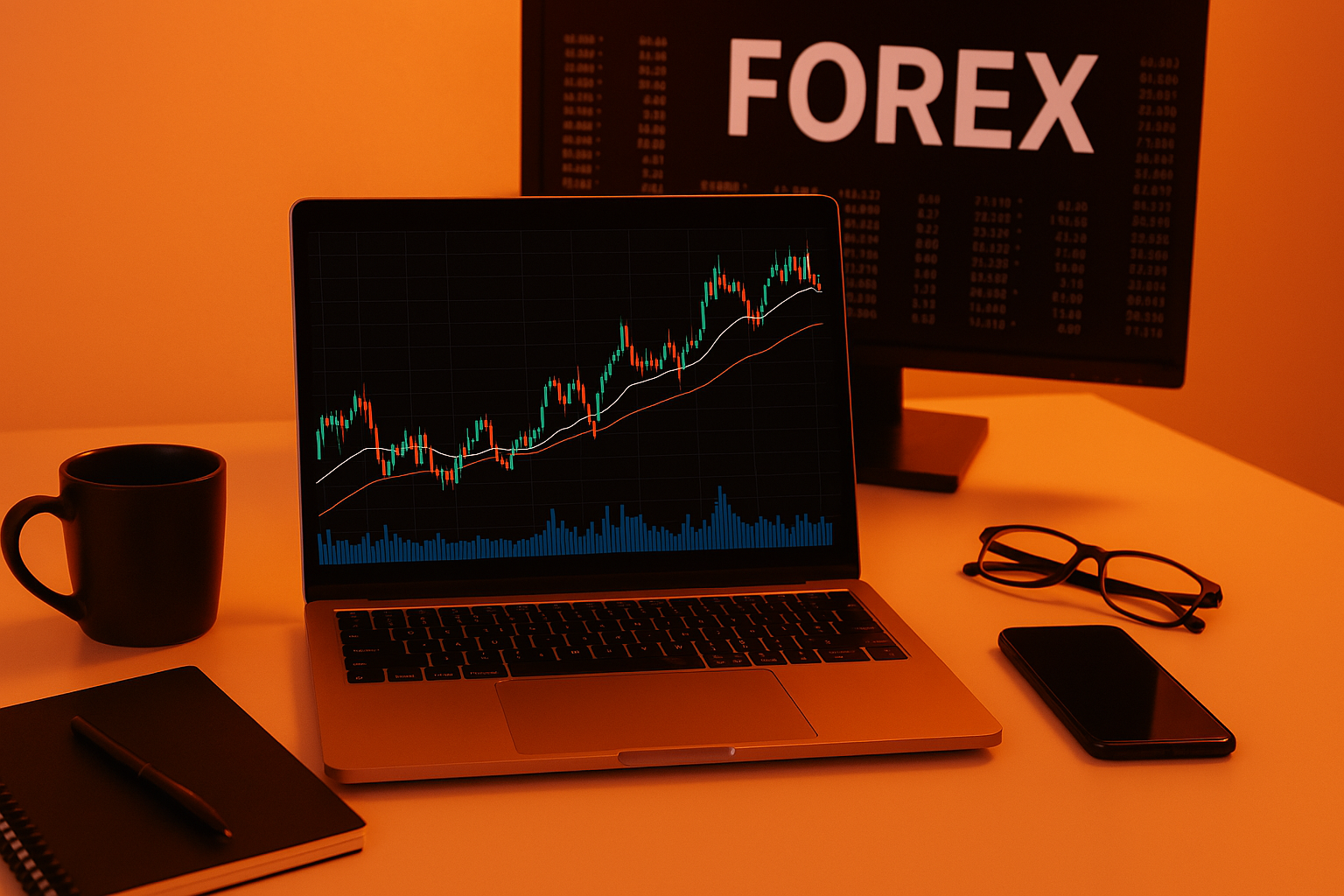Key Highlights
U.S. Auto Tariffs Shake Global Markets
- President Trump’s announcement of a 25% tariff on all foreign-manufactured cars has further fueled global trade concerns.
- Investors are retreating to defensive sectors as uncertainty surrounding international trade intensifies.
Stagflation Worries on the Rise
- The Fed’s updated economic outlook suggests mounting fears of stagflation — a mix of stagnant growth and persistent inflation.
- Policymakers face the tough task of keeping inflation in check without derailing economic momentum.
Heightened Tensions with Iran
- Escalation of Trump’s “maximum pressure” campaign has increased geopolitical risks in the Middle East.
- Markets remain highly sensitive to oil prices and safe-haven flows as the situation evolves.
Diplomatic Movement on Russia-Ukraine Front
- The U.S. has facilitated a preliminary naval truce between Russia and Ukraine.
- Although still in early stages, any steps toward peace may help stabilize global markets.
While political headwinds continue to challenge market sentiment, not all sectors are taking the hit. President Trump’s move to impose a 25% tariff on imported vehicles has amplified fears of a widening trade war. However, defensive stocks like consumer staples, healthcare, and energy are gaining investor attention. These industries, often resilient during economic slowdowns, are becoming safe zones for traders seeking insulation from the turbulence. From household brands to pharmaceutical giants, these stable performers are helping support broader indices as more vulnerable sectors face uncertainty.
The latest projections from the Federal Reserve are also fueling unease. With inflation pressures lingering and job growth showing signs of fatigue, concerns about stagflation are growing. Unlike previous cycles where strong employment supported price increases, today’s economic picture is more complex. Weak wage growth and cautious consumer spending are making it harder for businesses to adjust prices — limiting inflation’s rise but also capping economic momentum. The Fed now finds itself walking a fine line, weighing the risks of tightening monetary policy too quickly against the dangers of letting inflation persist. As central bankers deliberate the next rate move, markets remain highly reactive to any new policy signals.
In geopolitical developments, the standoff between the U.S. and Iran shows no signs of easing. President Trump has intensified his pressure campaign, warning Tehran of potential military action if diplomatic engagement fails. A letter sent earlier this month to Iran’s Supreme Leader was met with outright rejection, as Iranian officials continue to demand a policy shift from Washington before talks can begin. This impasse is keeping investors on edge, particularly those watching oil markets and safe-haven assets, as tensions in the region threaten to spill over into broader market volatility.
On a more hopeful note, diplomatic negotiations between Russia and Ukraine may be turning a corner. Following a push by the U.S., both countries have tentatively agreed to a naval ceasefire. While the terms are still being negotiated, there’s growing momentum for a broader peace deal. President Trump has set his sights on a formal agreement by April 20, with key negotiations expected to unfold in the coming weeks. Should meaningful progress be made, global markets may benefit from reduced uncertainty and improved investor sentiment.

